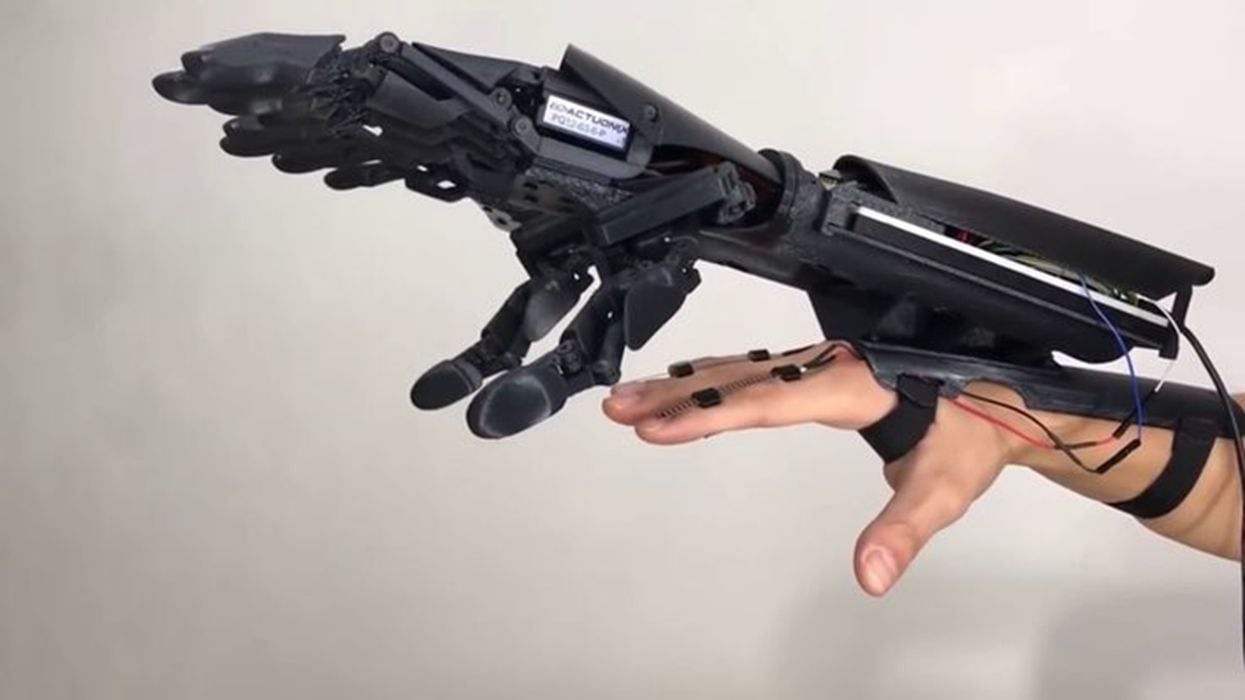
Charles R. Goulding and Preeti Sulibhavi foresee increased use of 3D printing to produce customized medical exoskeletons.
The MedTech industry reached US$579.40B in sales by 2023. It is forecasted to reach US$718.92B by 2029. MedTech includes a wide range of medical devices, including exoskeletons.
Fabricated exoskeletons have been used for decades to help patients perform daily tasks. Exoskeletons can be categories in two buckets: first, as a passive appendage that simply helps to distribute weight for the patient and avoid excessive strain; second, some advanced exoskeletons can be controlled electronically to help the patient or any user to carry heavier objects while providing a freer range of motion.
Exoskeletons are different from prostheses. Exoskeletons are placed on the patient and act as amplifiers that augment, reinforce or restore human performance of the limb or appendage. The opposite would be a mechanical prosthetic, such as a robotic arm or leg that replaces the original body part itself.
There is a way to integrate exoskeletons into powered prostheses for certain rehabilitative or recuperative purposes. Overall, exoskeletons require less advanced design and development than actual prosthetic limbs.
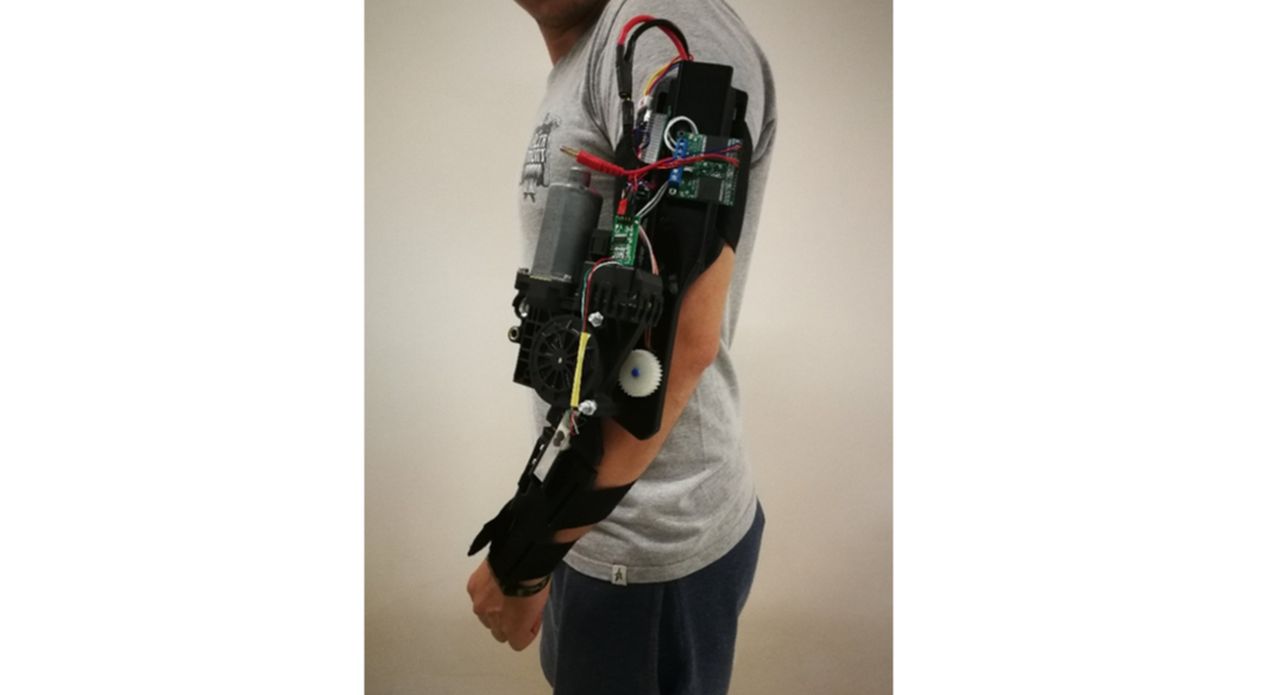
The 3D printing industry has already been making strides in the MedTech industry. We have been following the mergers and acquisitions of major players in the healthcare industry and how these industry giants utilize 3D printing technologies. Whether it is for helping patients who have undergone orthopedic surgery or to assist children in playing, MedTech is an important part of our lives now and it can only improve.
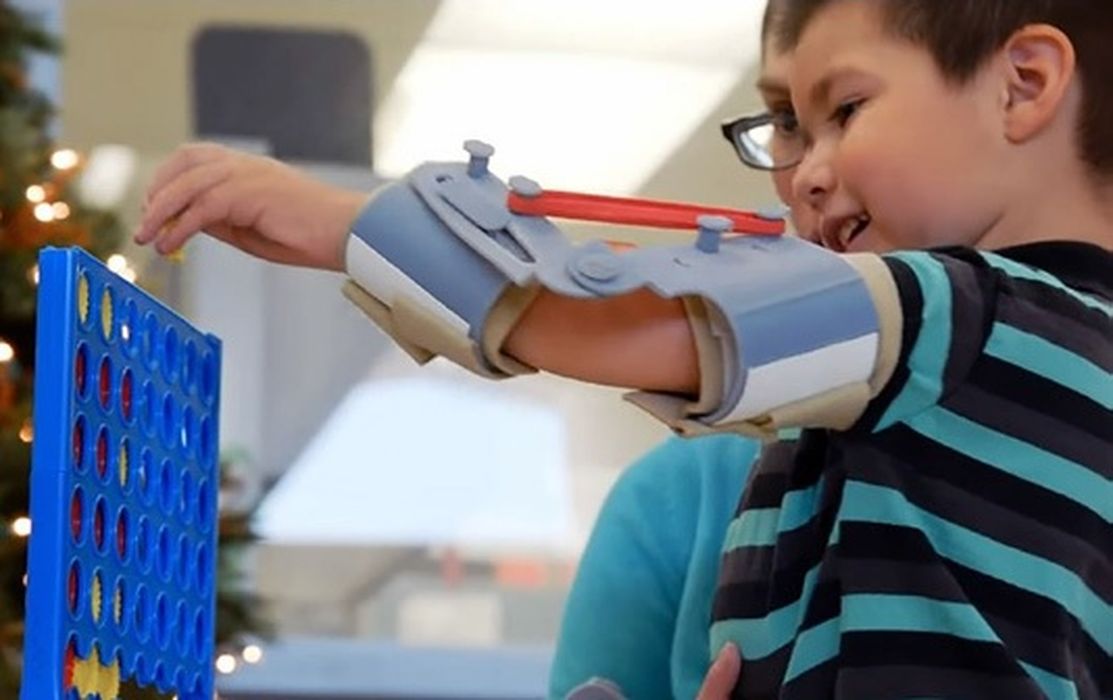
Some of the companies we covered in terms of 3D printing solutions include: Johnson & Johnson, Zimmer Biomet, A&E Medical, Stryker, and Wright Medical.
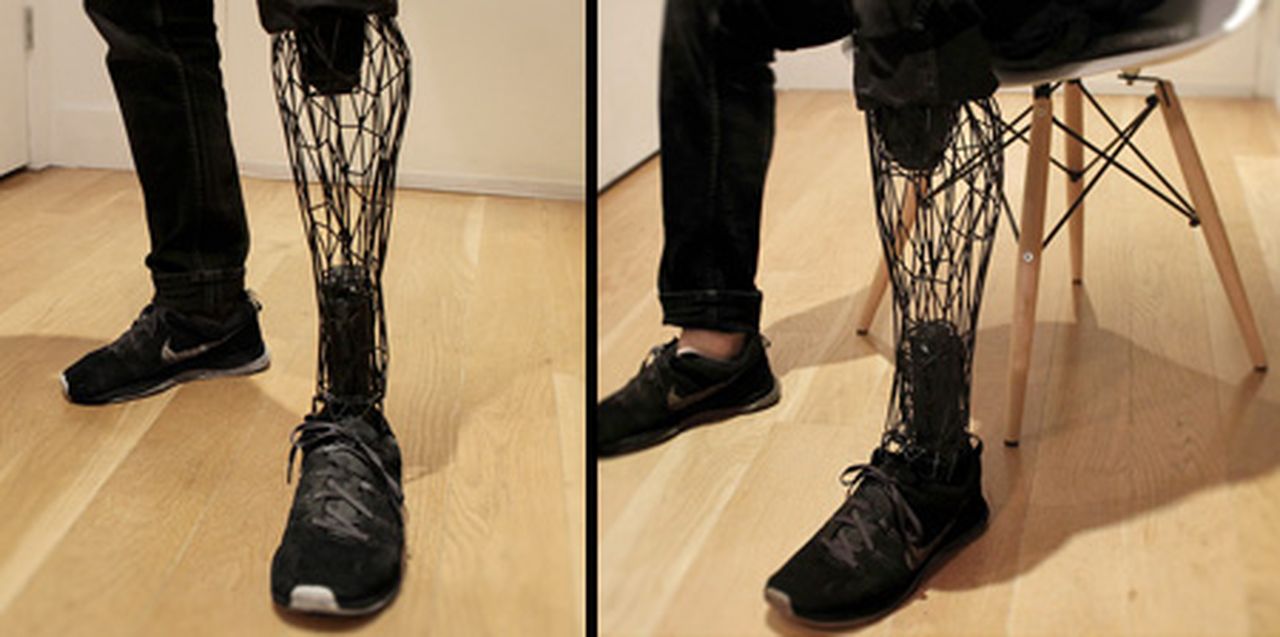
Exoskeletons are unique medical devices in that they must be able to mimic human actions and range of motion. They must demonstrate both form and function. This is where utilizing 3D printing can be of great benefit, and in particular the technology’s ability to produce customized solutions that perfectly fit the patient.
We see the exoskeleton industry as a way to combine 3D printing with AI and automation as well. There are several reasons. AI, digital twinning and automation have been increasingly used in the manufacturing sector, but only recently are these concepts being applied to med-tech and the healthcare industry.
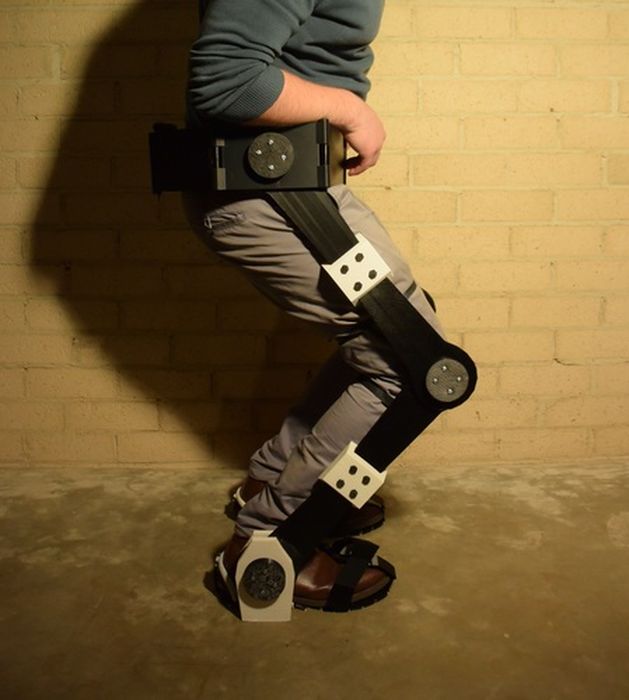
Because some exoskeletons would need to mimic human range of motion and be able to perform some human tasks, we see the applicability of AI as necessary for further advancing med-tech projects in terms of exoskeleton functionality.
The Research & Development Tax Credit
The now permanent Research and Development (R&D) Tax Credit is available for companies developing new or improved products, processes and/or software.
3D printing can help boost a company’s R&D Tax Credits. Wages for technical employees creating, testing and revising 3D printed prototypes can be included as a percentage of eligible time spent for the R&D Tax Credit. Similarly, when used as a method of improving a process, time spent integrating 3D printing hardware and software counts as an eligible activity. Lastly, when used for modeling and preproduction, the costs of filaments consumed during the development process may also be recovered.
Whether it is used for creating and testing prototypes or for final production, 3D printing is a great indicator that R&D Credit eligible activities are taking place. Companies implementing this technology at any point should consider taking advantage of R&D Tax Credits.
Conclusion
We see the design and development of exoskeleton use for MedTech purposes as benefitting from 3D printing technologies. The 3D printing industry should not overlook this opportunity for further expansion into the MedTech industry.
